Based on a True Story: An interview with Roman Polanski
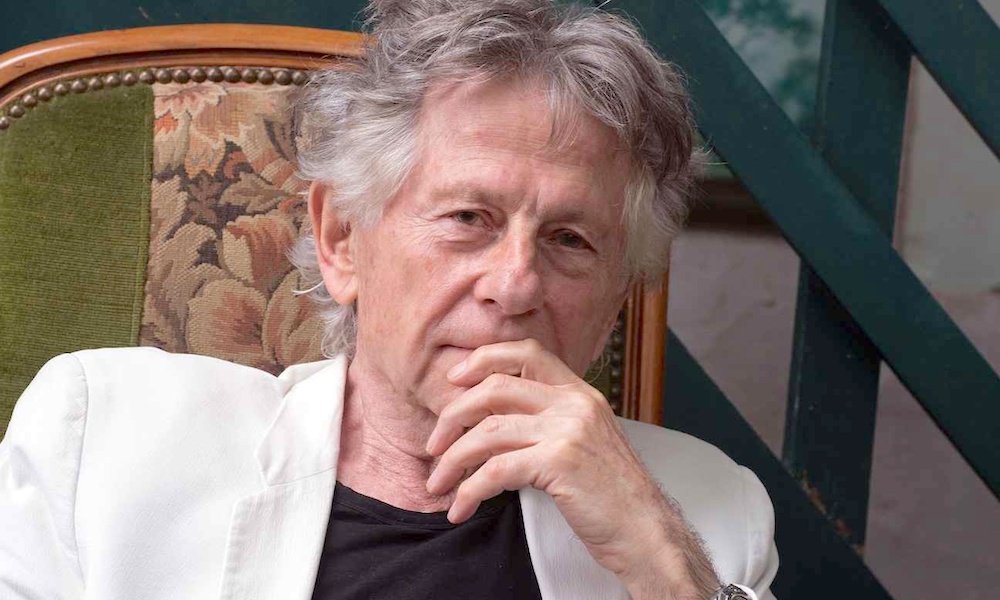
Based on a True Story is the adaptation of a book, published in 2015, by Delphine De Vigan. The films tells the story of best-selling novelist Delphine (Emmanuelle Seigner) who is anonymously accused of exploiting her family’s memoirs to write her latest work. One day her path crosses that of Elle (Eva Green), a young, charming admirer who – eventually – moves in with her. Roman Polanski directs this thriller, his first feature in four years. Here’s a chat with him.
It only took a year from the announcement of Based on a True Story until today’s world premiere in Cannes. How did you get involved with this project?
It was Emmanuelle [Seigner] who handed me Delphine De Vigan’s novel, stating “you have to read this, this could be a film”. She was right! I reached out to Wassim Béji, the producer who retained the book’s rights. We met for the first time days prior to Cannes last year and everything unfolded incredibly quickly from that point on.
What appealed to you about De Vigan’s novel? One could argue that this story of manipulation, domination, confinement, and suspense was made for you.
What appealed to me first and foremost were the characters and these peculiar and unsettling situations that they find themselves in. These are indeed themes that I previously explored in Cul-de-sac, Repulsion and Rosemary’s Baby. This is also a book that tells a story of a book – which I find very interesting. That was also the case with The Ninth Gate and Ghost Writer. It’s my MacGuffin – this “thing” that triggers intrigue, which happens to be an object. Also – and I probably should have started with this – the book gave me this great opportunity to explore confrontation between two women. I have often showed conflict between two men along with a man and a woman, but never two women.
When reading the book, one sees the seductive appeal of the mirroring nature between reality and fiction. Even in Venus in Fur, you were never sure if Emmanuelle Seigner’s character was real, playing a game or fictional…
That’s exactly right, I find this subject fascinating. I am not sure why, that’s not a question that I ask myself. I know that this ambiguity is instinctively appealing to me. It’s interesting, Venis in Fur is one of the rare films that I have directed where the woman isn’t a victim!
Olivier Assayas wrote the screenplay. How did he come on board?
Olivier’s last two films were about women. I was familiar with his work, I knew that he had written for other directors, and that he was effective. I trusted that he would be able to deliver a great shooting script right out of the gate.
How was your experience working with him?
Olivier had a very clear and concise vision of how to convert this 500 page novel into a screenplay. That’s an incredible skill. We mostly collaborated over Skype, it was a continuous exchange of ideas.
In addition to his efficiency, what did Olivier specifically bring to the script?
As soon as he grasped the essence of the book we started our conversations of how we wanted to adapt it, it was undeniable that we were on the same page. Billy Wilder said it best when asked if it was important for a director to know how to write, his response was “no, but it helps if he knows how to read!”
The film is incredibly faithtul to the book.
I always strive to stay faithful to the source material when I am adapting. I believe this stems from my childhood. I was so often disappointed by film adaptations of my favorite stories, films that I was so eager to see – but the characters that I loved disappeared. The stories were never quite the same. I promised myself then that if I ever worked in film and adapted a story, I would remain faithful.
Did you always have Emmanuelle Seigner in mind to play the novelist?
Initially, we debated which role Emmanuelle would be best for, but as soon as we started writing, it became apparent that she was the perfect choice to portray the novelist. We therefore needed to find her counterpart, someone very unsettling.
And Eva Green, was she the obvious choice too?
Yes, and you only need to see the film to understand why. We had never met, but I knew her body of work. I had been blown away by her performance in Robert Rodriguez’s Sin City: A Dame to Killl For. It was a wonderful experience working with Eva, but even more so working with Eva and Emmanuelle together. From the onset, Eva and Emmanuelle got along extremely well – which isn’t always a given between actors. Their friendship was a godsend.
Do you find it hard to direct the woman with whom you share your life?
It’s easier than living together! [Laughs] What surprised me, with one much like the other, was how prepared both actresses were. And yet, they would receive the script piecemeal, which we were still tweaking whilst in production. Emmanuelle and Eva were both consummate professionals and came to the table with excellent ideas. Emmanuelle was specifically interested in constructing a character which was a departure from her past roles.
How are they different and similar to their characters?
In her everyday, Eva is reserved and guarded and one could easily have expected that to transpire in our working dynamic. But it was the opposite. She was open, never complained, and very smart – she understood all the nuisances of the script and what was expected of her. Honestly, thanks to Eva and Emmanuelle this production was a true pleasure, despite the short schedule.
How short are we talking about?
We shot the film in 12 weeks, but this was a challenging film as we didn’t have time for rehearsals, and as such I would have to explore each scene with the actors as we were shooting. The scenes where it’s just the two actresses were easier, as they could play against each other. That said, all the scenes where Delphine is alone, I had to find ways of crafting compelling moments with nothing. I had to create a very specific mood, be very meticulous with the details: I had a very precise atmosphere in mind. Contrary to what one may think, creating this setting is what takes the most time. Same goes with the birthday scene where our two protagonists are alone and no one shows up. We had to convey time passing without it becoming lackluster and it’s certainly not easy to create time lapses with only two characters and just one room – especially, when we did not want to use repeated fades.
Instead of relying on a voice over [the book is written in the first person] you chose to portray this mirroring game between reality and fiction – the heart of the story – through staging, imagery, and most importantly your directives for Eva Green’s performance.
Isn’t that the role of the director? That’s precisely the challenges of this film. We had to feed these characters with a certain ambivalence. It’s one of the key ingredients for a strong performance, which has to provoke doubt, incertitude and suspicion within the viewer. This reminds me of puppet shows growing up, where the children were both paralysed by fear and happiness at the same time – the intrigue always unfolded as they feared but also as they expected. Recreating that feeling for adults, is fun for me. I hope the audience finds it equally rewarding.
In all your secondary characters – the downstairs neighbor; the book editor; even François, Delphine’s partner – we are reminded of your characters in The Tenant – which are also dark and sarcastic.
A little, I guess, but to be honest I hadn’t thought of it. It’s most likely because the Cannes Festival presentation for The Tenant is a tough memory. We were destroyed by the press and Gerard [Brach, the screenwriter] never recovered. It took time before the film became a “cult classic” as they say.
Based on a True Story starts off as a dark comedy and turns into a thriller when the protagonists find themselves in the country house… All of a sudden we are in misery!
Isn’t that country house great? When we were shooting the interior sequences, I would forget that we were not on location but on a set in the Bry-sur-Marne stages designed by Jean Rabasse! The exteriors of the house are real, of course, but the interiors – as with the apartment – are movie sets.
Once again you had your dream team: Pawel Edelman (DoP since The Pianist), Alexandre Desplat (composer since since The Ghost Writer)…
We all share the same love for film. We get along so well! When you work with people for as many years as we have, you develop a shorthand, you speak the same language and everyone knows exactly what to expect. Our conversations are purely technical, as some things are now just evident to us. With Pawel, for example, we only ever discussed the format of the film. We chose to shoot in Scope to escape a closed-door feeling. The film is less so the story of intimacy than it is confrontation, a struggle for dominance and manipulation. Shooting in Scope allowed us to expand the world and further exploit certain situations.
And with Desplat, did you give him specific instructions?
Not at all, I gave him the screenplay and described my vision for the film. I wanted suspense along with the unexpected. It’s hard to relay what we discussed, as I often speak in onomatopoeias: “In this scene, it could go… wouuuh!”
What made you think of casting Vincent Perez as François, Delphine’s partner?
I have long been looking for an opportunity to work with Vincent Perez, he’s a friend. In the role of François, I wanted someone who resembled Delphine De Vigan’s real partner in life [François Busnel] who reminds me of Vincent. I thought of him immediately. We met and he quickly accepted the role. He instinctively knew how to balance the kindness and the distance that the character required.
You also cast Josee Dayan, Brigitte Rouan and Noemie lvovsky – who are all directors. Was that a coincidence?
I enjoy working with directors, as they are often very good actors and also generally very easy to work with. When writing a screenplay, I have a very clear idea of what my characters look like. So once we start casting, I seek actors that most closely resemble the image in my mind. Josée Dayan reminded me of a “tough” book editor that I had once met. With Brigitte Roüan, it took longer. The actresses that we met with for this role didn’t fit my exact vision. One day, I fell upon a photo of Brigitte which perfectly corresponded with what I had in mind.
Have you met Delphine De Vigan?
Yes, of course. I met her as soon as Olivier and I started working on the adaptation. And then again, towards the end of the shoot. We wanted to shoot during the actual Paris Book Fair, and in order to do so we had to wait until March of this year to capture these scenes in question. Whilst we were there, the organisers invited Delphine, Olivier and myself to meet with the readers. We experienced a warm welcome. The panel was very well attended – there were a lot of people – and when we asked who had read the book: two thirds of the room raised their hands, mostly all women. Delphine de Vigan wrote a story that spoke to women and it was not only important but also satisfying for me to create a film for them.
The editorial unit
Based on a True Story does not have a UK release date yet.
Read more of our reviews and interviews from the festival here.
For further information about Cannes Film Festival 2017 visit here.

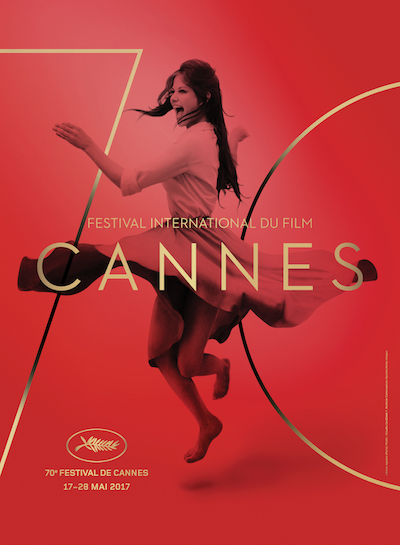

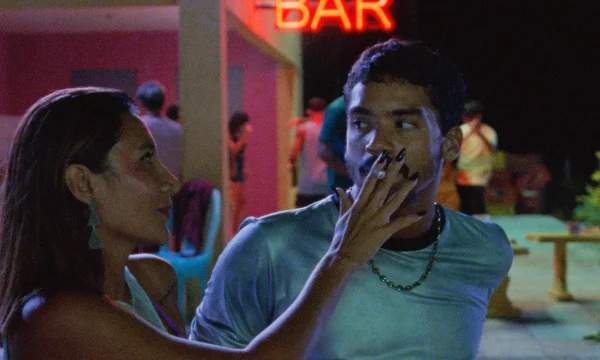
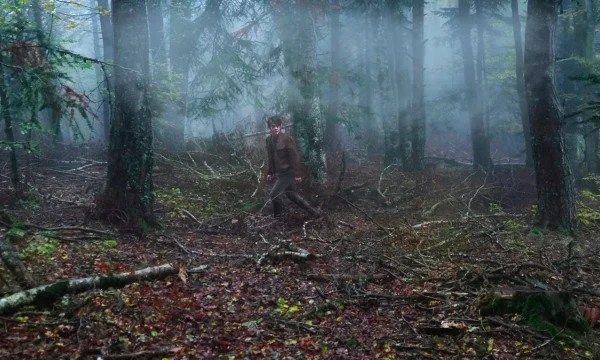
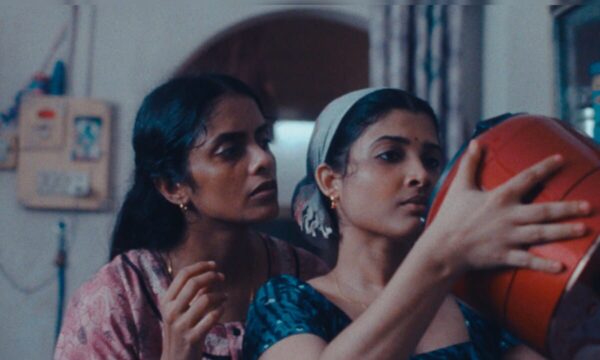
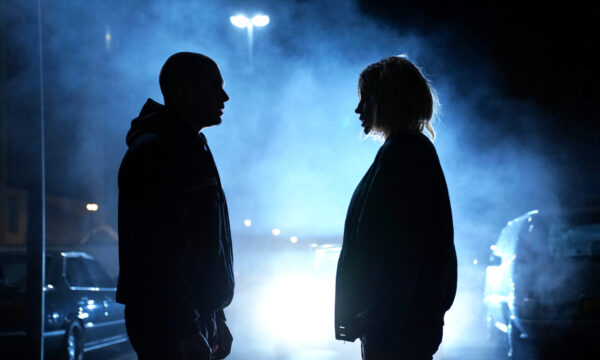
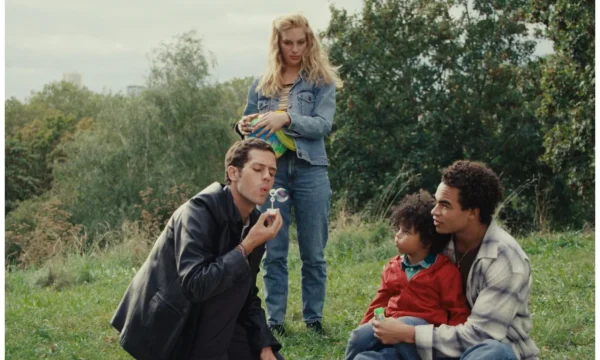
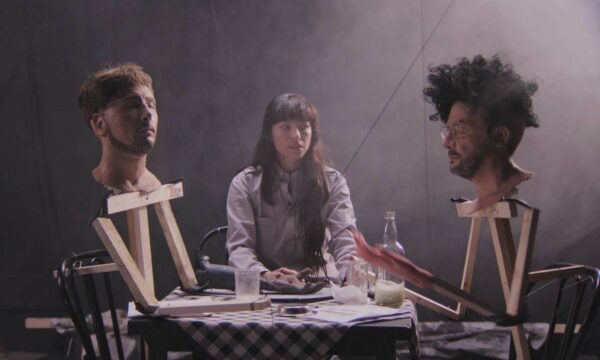
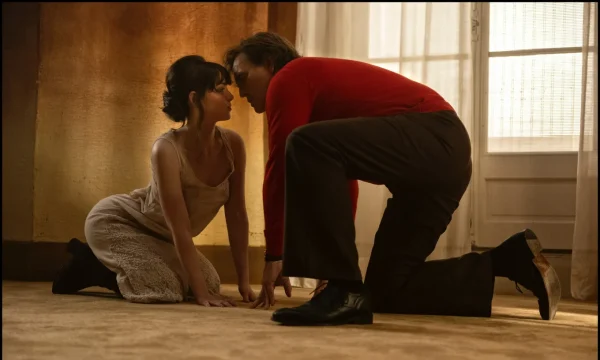
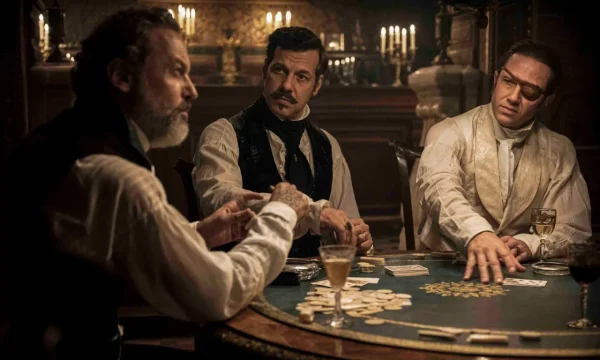
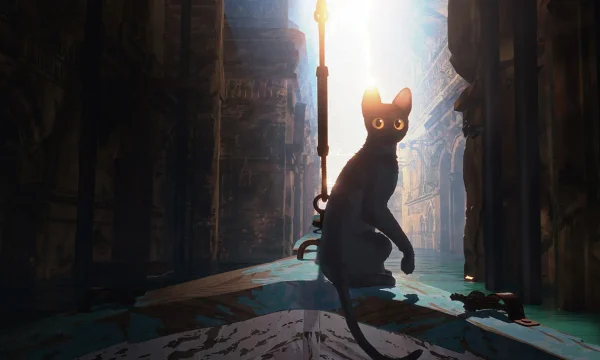






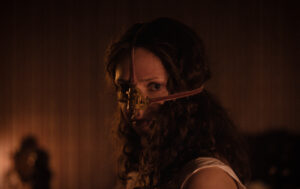
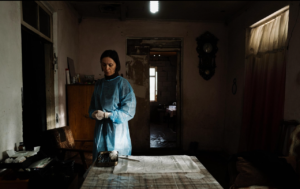







Facebook
Twitter
Instagram
YouTube
RSS